5 Golf Improvement Hacks: How to Get Your Game Unstuck and Back On-Track Fast with Hack # 530/8/2014
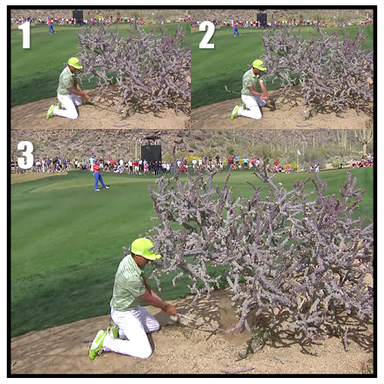 Click on the image to make it larger Click on the image to make it larger The key to success and longevity in golf is to be really good at dealing with the inevitable ‘ups and downs’ of the game. The fact is that for the most part golf is a very challenging and difficult game to play because of the continuous challenging encounters you face whilst playing. These challenges vary greatly, but range from shots into greens with challenging undulations and tight pin placements, through to the various types of lies you get off the fairway (and on) that could be described as good, bad and ugly. And let's not forget the weather conditions as well. Golf is a great game because of the inherent challenges and difficulties you face. Consider that with such a difficult game, to get really good at it you must practice the challenging shots more often so you prepare yourself to play the game without having to deal with the ‘surprises’ that you encounter on your way around the golf course. How often do you get 'surprised' on the way around? How many times do you get confronted with shots you haven't spent enough time practicing? Today’s last hack is the true game turnaround hack that will get you out of your rut and moving towards your 12 month plan of achieving something meaningful and worthwhile with your golf. 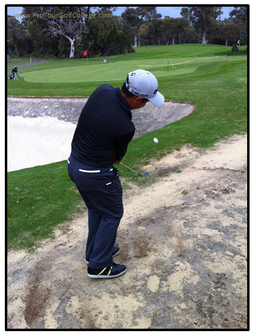 Practice tough lies more often Practice tough lies more often Why Do You Practice? When you go to work on your game we want you to keep in mind that the primary reason you are practicing your golf skills is to develop them and use them to create a competitive score average. You want to play golf to a level where you are more competitive right? That is, you are practicing not to look good, but to play good. It's not just to enjoy the challenges of the game, and the joy of the walk around the golf course, but also to win a tournament--or at least play to a standard where the potential for this to happen is increased. So when you practice, knowing that golf is a difficult game to produce a lower score average, ask yourself what the road blocks might be that keeps you from scoring lower. We have noticed that most of these roadblocks in golf development for advanced golfers get down to a simple and fundamental flaw in how they go about developing their game. They practice their golf skills in ‘perfect conditions,’ that is, they practice with their ball on the best lie on the grass, or in the sand, or on a flat and level surface, and they spend little to no time developing their skills with tough lies. So here’s the final golf improvement hack—Hack #5 the key to getting yourself out of your current performance rut and truly making progress with your golf game. Golf Improvement Hack # 5 – Make Your Practice Conditions Tougher and You Will Become Tougher If you always practice golf shots from good lies you will condition your nervous system to accept this as the reality and you will be at your best only when external conditions align with your perception. And anytime you perceive that the conditions aren't favorable, you will not at your best. You will develop into a ‘good conditions golfer,’ a golfer who potentially only plays good when golf course conditions are matched to the practice conditions you have habituated, and as a result you will never learn how to adapt, grow and accept the challenges of this great game. Actually what you want to do is to put your skills under continuous pressure in very challenging ways to condition your nervous system to be at its best when the golf course conditions are toughest. Instead of placing the ball drop it. This is a good start to learn how to accept the good, bad and ugly lies. Victor Dubuisson's Great Escape in the Accenture Matchplay Acceptance and No Judgment The skill to develop is the skill of no judgement or complete acceptance of the shot at hand. Basically you set up your practice conditions so that 70 percent of the shots you play are challenging enough that your perceived stress level rises (see scale below) because the level of challenge stretches the competence level of your skills to uncomfortable. You will learn through practicing challenging shots over and over to simply accept the condition of the ball and the shot confronting you as a normal part of playing the game, and you will learn to get on with the shot at hand with no fuss. Now if you discover certain types of shots you are challenged with lead to results that you know are holding you back from making progress with your game, then spend the time with your instructor learning how to play the shots better. We have found that the types of shots that hold advanced golfers back are the trouble lies around the green like buried grass lies, and half buried and fully buried bunker shots. These shots—particularly the buried grass shots are important shots to become competent at playing, because as you play in bigger tournaments you are likely to get them more often. The other type of shot never practiced enough is the scrape shot, or low running shot played up smooth grass slopes to tight pin placements with a less lofted iron or hybrid club. Add to this the fact that when for many putting is practiced flat and level slopes much more often than the side hill ones. It should be the other way around, where 70 percent of your short putt practice (between 3 feet and 12 feet) should be spent practicing left to right and right to left putts that break between 3 inches and 30 inches or even more. 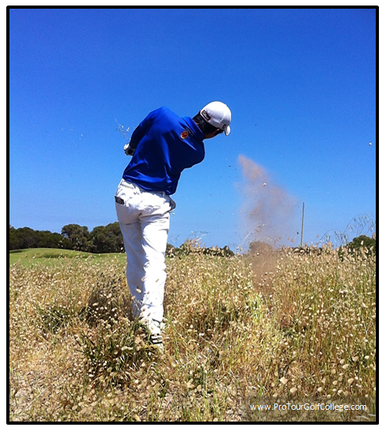 If you don't practice tough shots your game will be weak If you don't practice tough shots your game will be weak No Surprises Why don’t all these challenging shots get practiced enough? The answer is simple; they’re not fun to practice. Golfers are motivated to hit shots that result in better outcomes, rather than practicing shots that show them up as less than competent. The point here is that as you get closer to par the type of golf shots you are likely to face more often will be the challenging shots you don’t like practicing, and they will find you out. At Pro Tour Golf College we share a simple philosophy about this with our students. We say that you should never be surprised when you play because you should have practiced all the types of shots you are likely to be confronted with, and you have developed a high level of competency playing the most challenging shots. I bet you can easily picture a top tour player executing a great recovery shot from a tough lie? The great golfers can do this because they spend a great deal of their practice time developing and improving their trouble shots so they can handle them anytime. And you should too. Golf in our experience is a game where 25 percent of the time you will experience your A Game, and 75 percent of the time you experience your B and C game. In other words 1 round out of 4 will seem relatively easy, and 3 rounds out of 4 won’t. Practice your golf skills in the stress zone at least 70 percent of the time to build tough golf skills that help you to perform when it counts. So you need to build your game around the tough days, the days when the game of golf challenges every fiber of your being. These are the days when you need more patience, a high frustration tolerance and well developed 'tough' skills to come out on top with a good score.  This is the game of golf you should be preparing for, and the way you practice your golf skills will determine to a great extent how you perform them most of the time. If you want to get yourself out of your performance rut and onto the path to making real progress with your game, and also much better golf scores in tournaments, then do yourself a favor and practice the tough strokes as often as you can. You will find that the tough days are more manageable, and the good days happen more often. Lawrie Montague and David Milne - Pro Tour Golf College Your Success On Tour is Our Business Comments are closed.
|
Archives
June 2019
|
Proudly Supported By
Copyright © 2011 - 2018 Pro Tour Golf College
Website Managed By Golf Performance Media
All Rights Reserved
Website Managed By Golf Performance Media
All Rights Reserved

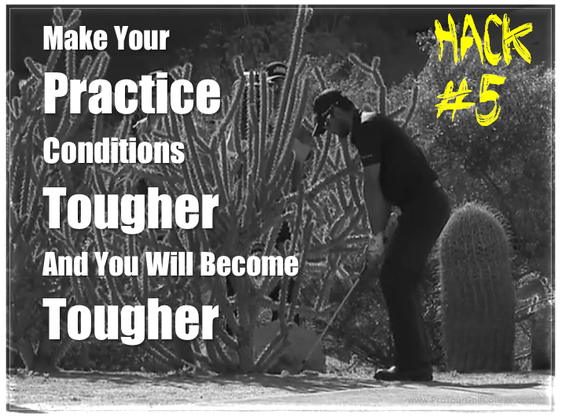

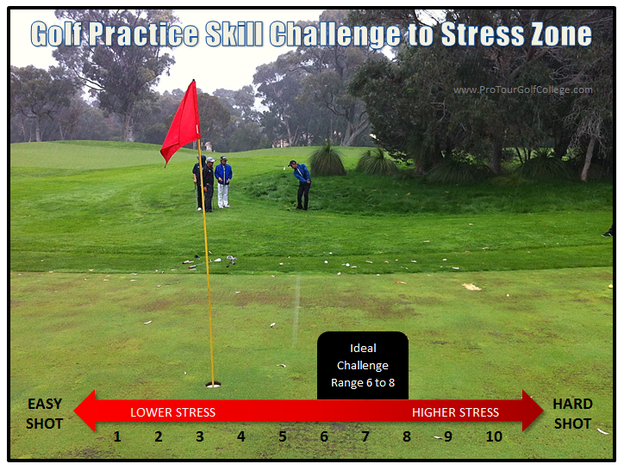
 RSS Feed
RSS Feed



